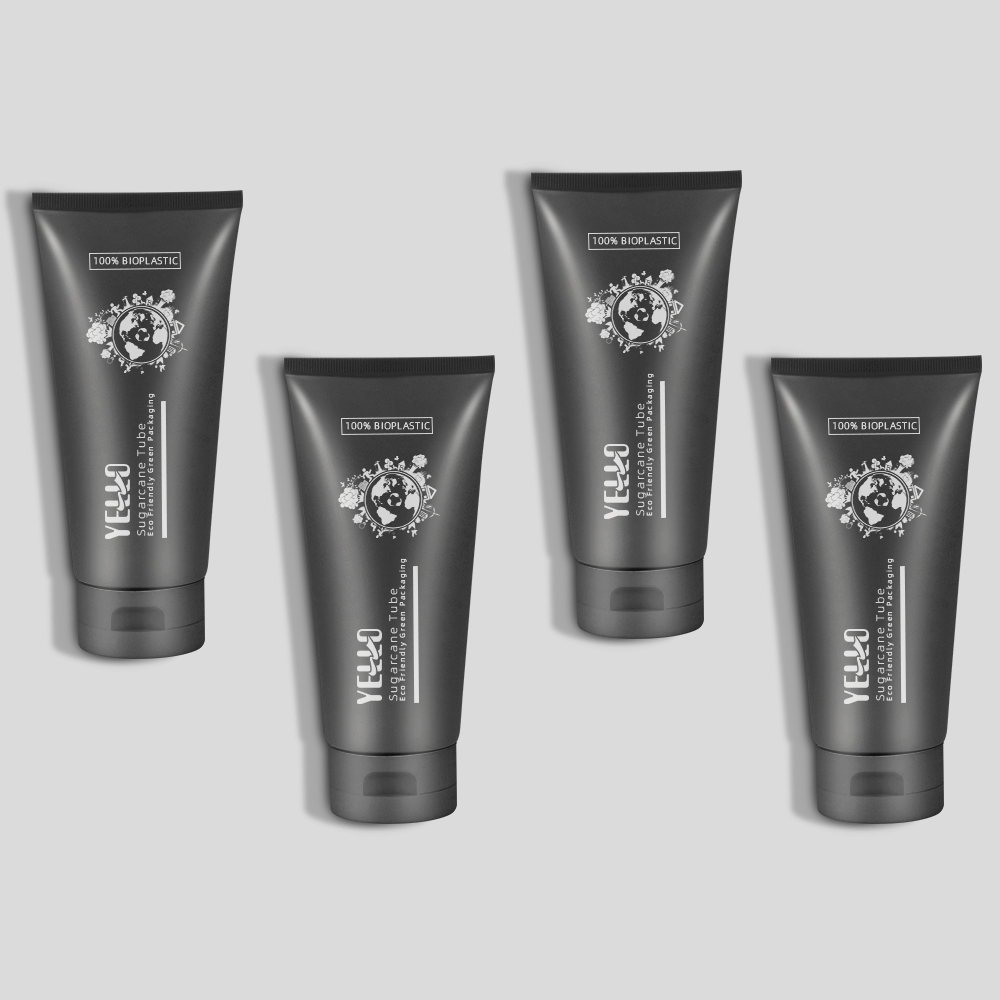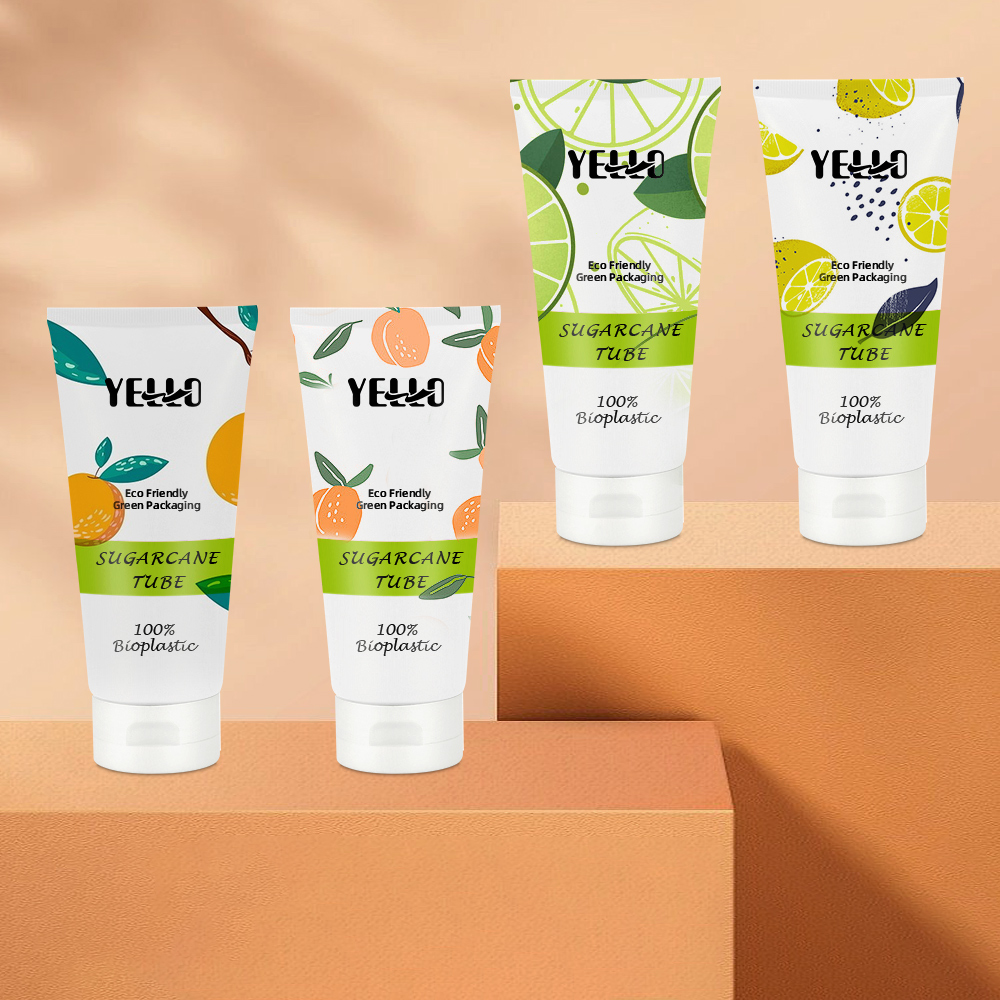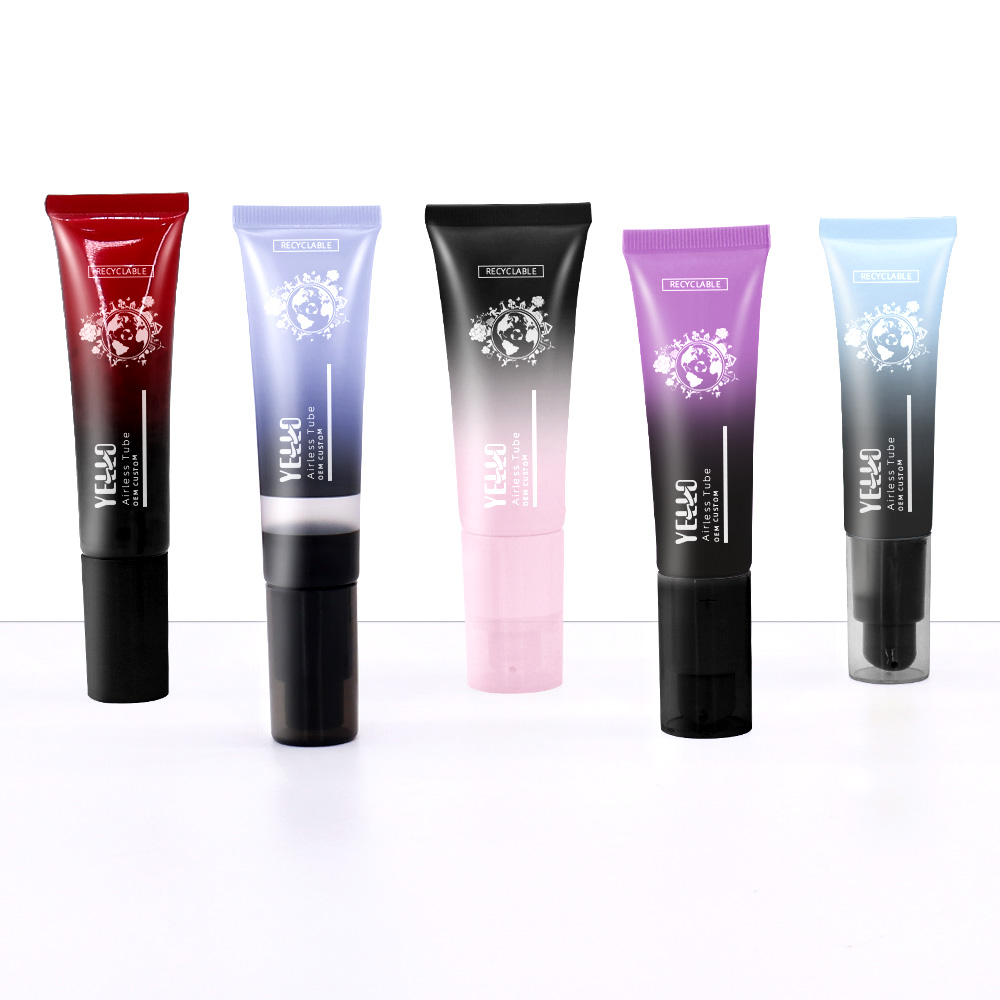

 Classification and advantages of cosmetic tube packaging
Classification and advantages of cosmetic tube packaging
 The Popular Transparent Cosmetic Tube In The Market
The Popular Transparent Cosmetic Tube In The Market
 Cosmetic Plastic Squeeze Tubes
Cosmetic Plastic Squeeze Tubes
 Comprehensive Inspection Standards For Cosmetics Tube Packaging
Comprehensive Inspection Standards For Cosmetics Tube Packaging